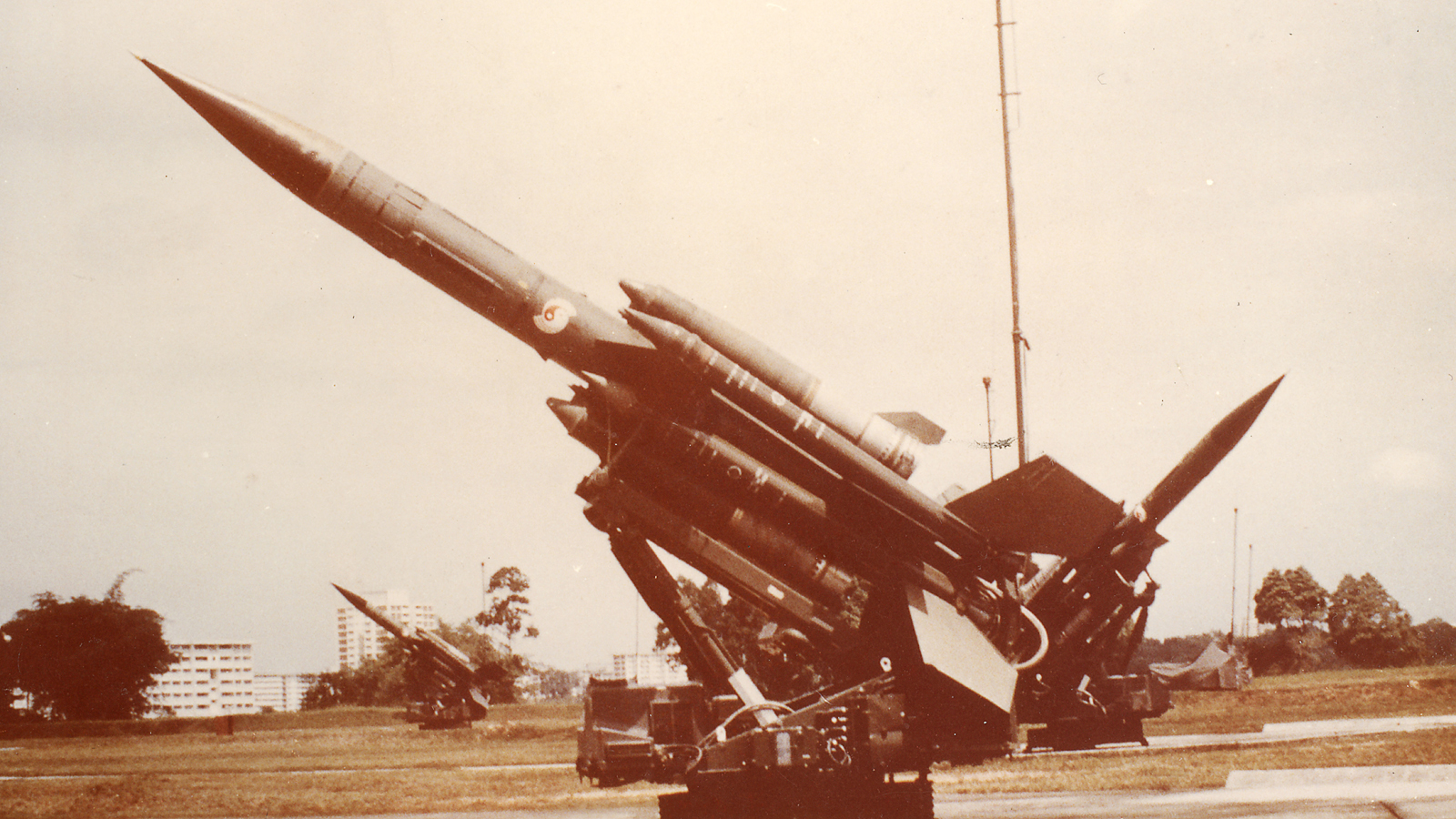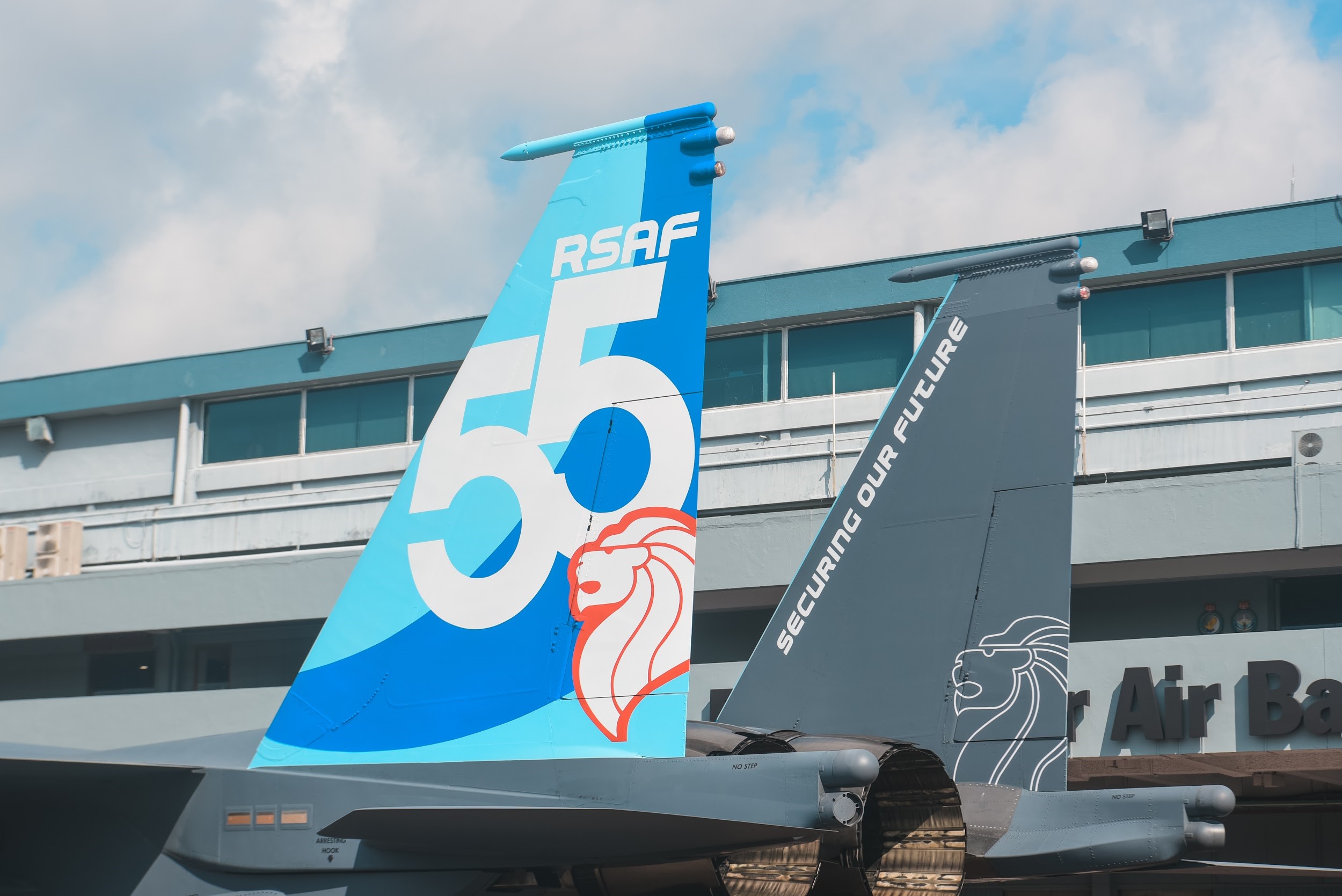 Our Veteran - MAJ (RET) Richard Ho
Our Veteran - MAJ (RET) Richard Ho
How was your journey in the Air Force like?
I joined the Singapore Air Defence Command (SADC) back then in December 1969 and retired late 1991, after 22 years of service in the RSAF. I started as an Air Operations Communications Officer and was posted to command 170 SQN, the first SQN that operated the Bloodhound Mark II surface-to-air missiles system, in January 1972. I took over the command of the squadron and get the operations running.

You must have had quite a transition when you were tasked with commanding a unit that operated the Bloodhound. How was it?
Yes. When I was asked to command 170 SQN, I spent about three months learning from engineers from the British Aircraft Corporation, on how to operate the launch control post and the displays.
After that I spent about five weeks in the UK with the Royal Air Force to observe how they manage the system, and then a week in Cyprus, where they also operated a Bloodhound system.
So in those days, what quality did your people have to be able to do that?
It was a combination of many things. The SQN comprises people from different units, so you have the challenge of trying to integrate them. But at the end of the day when they see that the system is coming up and that we have successfully taken over from the British contractor, with the missile on the launcher and the radar operating, that basically motivates the people. Everybody has a part to play and therefore there is a sense of motivation.

Why was the Bloodhound important in the 1960s and 1970s?
The Bloodhound is an air defence weapon to safeguard our country. Back in those days, fighters were not highly night capable, so Bloodhound played a significant role in our air defence operations.
What gave you the confidence that in two years you could get the system ready?
When we took part in the first exercise, we treated it seriously as a real operation. The target tracking and simulation exercise allow us to strengthen our engagement proficiency.
Any thoughts on how the Air Force has progressed from your time?
I think today, when you look at the Air Force, it is a full-fledged Air Force that is comparable to any other established Air Force. It is amazing, the speed at which we developed to this stage, and the weapon systems we have are top of the range compared to anywhere around this region. So I think the Air Force has really come a long way in 50 years.


